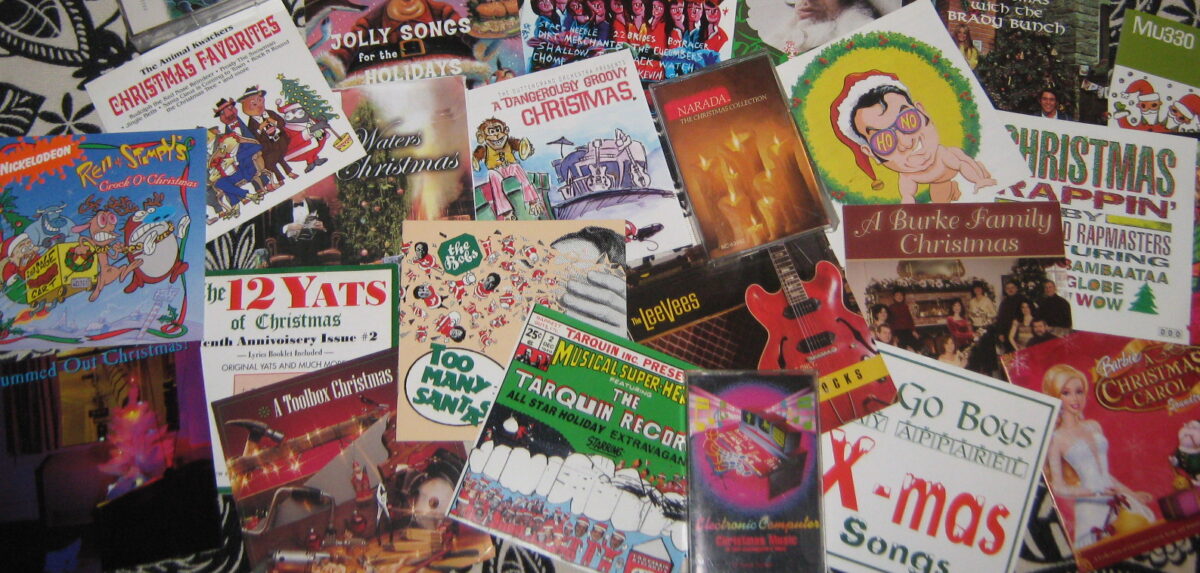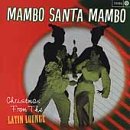Some stalwarts want the Christ back in Christmas, but talking in code has always helped the faithful keep track of who really knows what. December is a wink and a nod to you-know-who you-know-when (and if you don’t, i’m not telling).
For example “The Last Month of Year” is a fine gospel number represented by many great groups. It lets you know when J-Baby arrived. Of the many elevating versions i like the reincarnated Elvis, Chris Isaak, howlin’ on it.
Reverently, Cyndi Lauper (really!) croons to the baby “December Child.” Don’t fall asleep yet….
Obliquely, “One Day in December” takes us around the world celebrating that one holiday. If you don’t the one, Sid the Science Kid can clue you.
Rooftop uses modulated rap to get out his message: “This December” will no longer be camouflaged as a month, it’s about that King of Kings guy.
Taking off The Four Season’s ‘Oh, What a Night’ funny Christian rockers AplogetiX play parodeus with the vagaries of day and year on the Holy Bearing with “December 5 or 6 B.C.” Wry, guys.
More Christian rock from Collective Soul, who feel the need to wrap their questioning search for faith in parable and riddle. “December” rattles about like a prancing pony-led carriage..
Ready to jive, hepcats? Well, The Flashcats count it down to “December 25” set to a happenin’ bit of music you might recognize. This swings a bit more secular… but, baby, it swings! And check out the killer compilation album Mambo Santa Mambo.

